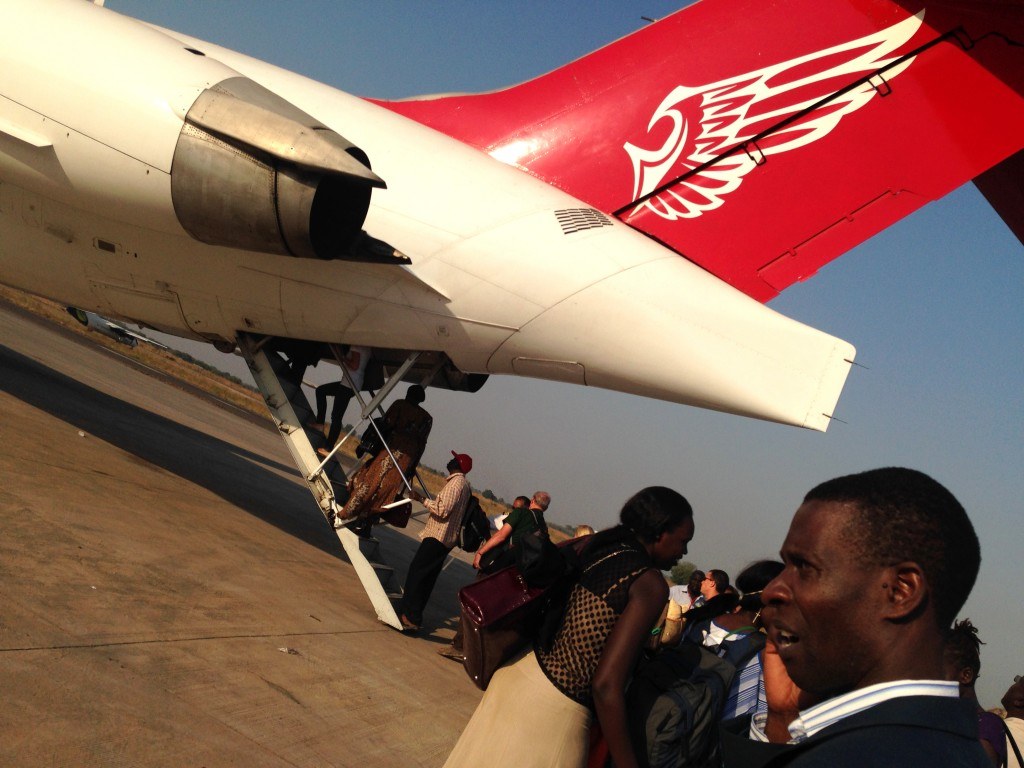The Evacuation
A look at our field team's urgent evacuation from South Sudan
When we first heard the news about an outbreak of violence in Juba (South Sudan’s capital) in mid-December, the mood in support office completely snapped. Trying desperately to find updates on news sources and attempting even more frantically to make contact with our field team, the day was consumed with efforts to reach a country wrought with civil violence halfway around the world.
Finally, details began to emerge. President Salva Kiir, the president of South Sudan, claimed his ex-VP Riek Machar had set a political coup plot in motion. President Kiir is Dinka, Machar is Nuer—these two tribes have been at conflict with one another intermittently for decades. To gain their independence from Islamic Sudan, they had only a few years ago bonded together, setting aside differences to unite for a free nation. With this unraveling of peaceful ties and outbreak of violence, however, political conflict has been set anew, spreading across the world’s newest nation at an alarming rate.
The first numbers in were heart wrenching—1,000 were estimated to have died as a result of the violence, while hundreds of thousands have been forced to flee their homes to escape the conflict.
Our hearts were aching for the country we’ve come to know and support so much, not to mention our concern about our team’s whereabouts and safety was at a palpable high. It was with a huge sense of relief when the news finally arrived that our field team was safe in Lakes State, where they were effectively out of the way of violence for the time being.
But then, the daunting and complicated phase of ensuring their safe return home during that initial outbreak of conflict had to begin. There were virtually no flights to speak of—airports were completely shut down and runways were militarized. The few planes that were able to make it out before flying was shut down were being stuffed with people, making the journey out of South Sudan at full capacity.
To bring the Obakki Foundation team home, we had to charter a jet out of Kenya and get special clearance to land our evacuation flight in Rumbek. The long and potentially dangerous journey thankfully worked out—our team was home, safe and able to strategize on what to do next.

As a charity that employs locals (which gives back to the communities we support and fosters self-sufficiency), we are able to carry out our water programs with the trusted drilling experts who we have come to know and care for. Though there is some personal risk involved, they are on the ground as we speak, ensuring that the thousands upon thousands without resources or a place to call home have water—water, their most basic resource and the foundation they need right now to survive.
Currently, the number of internally displaced people is estimated at nearly 400,000, and that number is only climbing.